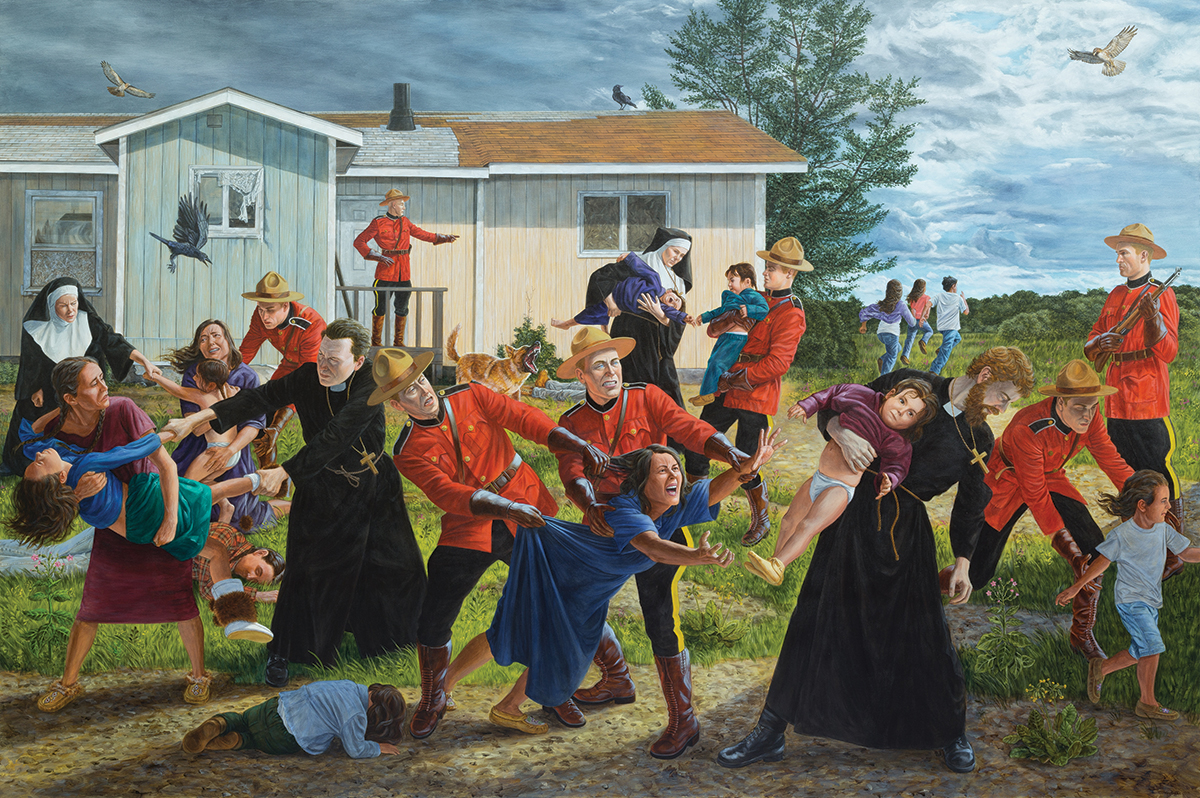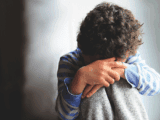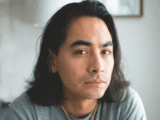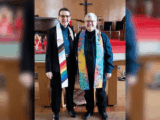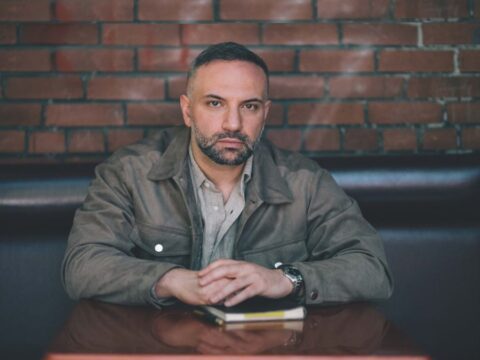Canada, / I can cite for you / 150 / Lists of the dead /
150 languages no longer spoken / 150 rivers poisoned
/ 150 Indigenous children taken into care last month.”
So begins Michif artist Christi Belcourt’s lament for the losses sustained by Indigenous peoples under colonialism. The litany is more exhausting than exhaustive: genocide, linguicide, dispossession, stolen children, murdered women, unsafe drinking water and environmental degradation. Is it any wonder, in light of all this, that Indigenous artists across the country are boycotting Canada 150?
Belcourt’s poem first appeared as part of a social media campaign pushing back against sesquicentennial flag-waving. Under the hashtags #Resistance150 and #colonialism150, Indigenous artists aren’t just resisting the celebration of 150 years of Canadian colonialism — they’re also celebrating 150 years of Indigenous resistance. One post features the Onaman Collective’s short video I Am Not a Number, which shows Elder Mary Elizabeth Wemigwans destroying her Indian status card — a stand against how the Indian Act controls and legislates Indigenous identity. In another post, Anishinaabe photographer Nadya Kwandibens demands that her art not be co-opted in the interests of Canadian nationalism: “Don’t tag my art #Canada150 and/or #reconciliation. My art does not celebrate colonialism nor does it bow to the industry of reconciliation.”
You may unsubscribe from any of our newsletters at any time.
Indigenous artists are justified in worrying that their art will be conscripted into the country’s anniversary party. The Canadian government has identified reconciliation as a major focus of the festivities: “We want to support the vital work of reconciliation with Indigenous peoples as outlined in the recommendations of the Truth and Reconciliation Commission,” announced Canada’s Heritage Minister Mélanie Joly in 2016. In line with the TRC’s statement that “artists have a profound contribution to make in expressing both truth and reconciliation,” the federal government has offered unprecedented funding opportunities for arts programming on reconciliation-themed work related to Canada 150.
Galleries, museums and universities across the country have embraced the opportunity. Cities and provinces have also issued open calls for Indigenous artists to submit work that contributes to the celebrations. But as innocuous as they might appear, such calls come with a catch: we’ll promote your art, but your art must promote Canadian patriotism. To tap into the Canada 150 fund, applicants must meet the requirement of “building a sense of pride and attachment to Canada.” In the context of a continuing legacy of colonialism, most Indigenous artists have little desire to participate in a feel-good, keep-it-safe kind of artistic practice.
Many are devising their own projects, hardly safe and definitely subversive. One such example is Remember | Resist | Redraw, a radical history poster series launched by members of the Graphic History Collective. For these artist-activists, Canada is not all things moose and maple syrup. Such kitschy Canadiana, with its nostalgia for a glorified version of the country, doesn’t resonate with Indigenous realities.
Inviting viewers to consider a counter-narrative to Canada 150, Yukon artist Lianne Charlie’s poster, the first in the series, depicts a First Nations woman standing alone in a fragmented Canadian landscape. She holds a piece of moosehide as she takes part in a traditional tanning practice. Meanwhile, the land around her has been explored, exploited and extracted for settler gain. In bold print are the words, “We still think of the Yukon as our land.” Underneath, in smaller script, is the “cede, release and surrender” clause in a political agreement signed by Canada, Yukon First Nations and the territory; the clause, according to Charlie’s research into local land claims, rendered treaties null and void.
Charlie and the other members of the collective, perhaps sensing that their critical approach wouldn’t receive an official stamp of approval, didn’t apply for Canada 150 funding. Other artists are strategically engaging in Canada 150 projects as a way of shining light on the darker undercurrents of Canada’s past. Consider Kent Monkman, the Cree artist whose large-scale exhibit Shame and Prejudice: A Story of Resilience is grabbing headlines as it continues a cross-country tour. In its refusal to fit neatly into a narrative of national unity, Monkman’s creative blending of Canadian national mythology, classical European art and Indigenous experience is by turns delightfully and disturbingly subversive. The delightful includes The Daddies of Confederation, a painting that shows a nude Miss Chief Eagle Testickle, Monkman’s androgynous alter ego, holding captive her court of Sir John A. Macdonald and other important-looking fathers of Confederation. The Scream is deeply disturbing, depicting red-coated Mounties and black-robed priests and nuns wresting children from their terrorized mothers. Will we conveniently forget the history of residential schools as we celebrate the history of Canada this year?

The question looms large over Alex Janvier’s work. The Denesuline and Saulteaux artist’s gorgeous abstract art was recently shown in a major retrospective at the National Gallery of Canada in Ottawa that gathered together more than 150 paintings and drawings — the number likely chosen by curators to connote Canada’s sesquicentennial. (The touring exhibition is currently on display in Regina.) But as a survivor of the Blue Quills Indian Residential School in Alberta, Janvier offers a damning indictment of a colonial legacy rather than a celebratory story of Canadian nationhood. His early works are signed with his treaty number to protest a government bureaucracy that strips Indigenous peoples of their humanity, and his later works flare with anger as they treat subjects ranging from the Oka crisis to the Lubicon oil spill.
But for all their weighty political import, there is something joyous in Janvier’s bold bursts of colour and sensual swirls. His brilliant Morning Star, which graces the dome of the Canadian Museum of History in Gatineau, Que., is alive with light and healing energy, metaphorically guiding us into a period of renewal. Ultimately, Janvier’s work celebrates the hope and promise of Indigenous peoples as they reclaim their cultural and spiritual traditions, envisioning a reconciliation that is truly transformational. This is what Belcourt celebrates too, as she looks ahead to “150 summers coming,” a future when all Canadians will embrace the value of Indigenous teachings.
Together, these artists suggest that the role of art isn’t simply to push us into moving on in the name of national unity. Its purpose is to resist the status quo so that, another 150 years from now, Canada’s relationship with Indigenous Canadians looks nothing like what it does today.

